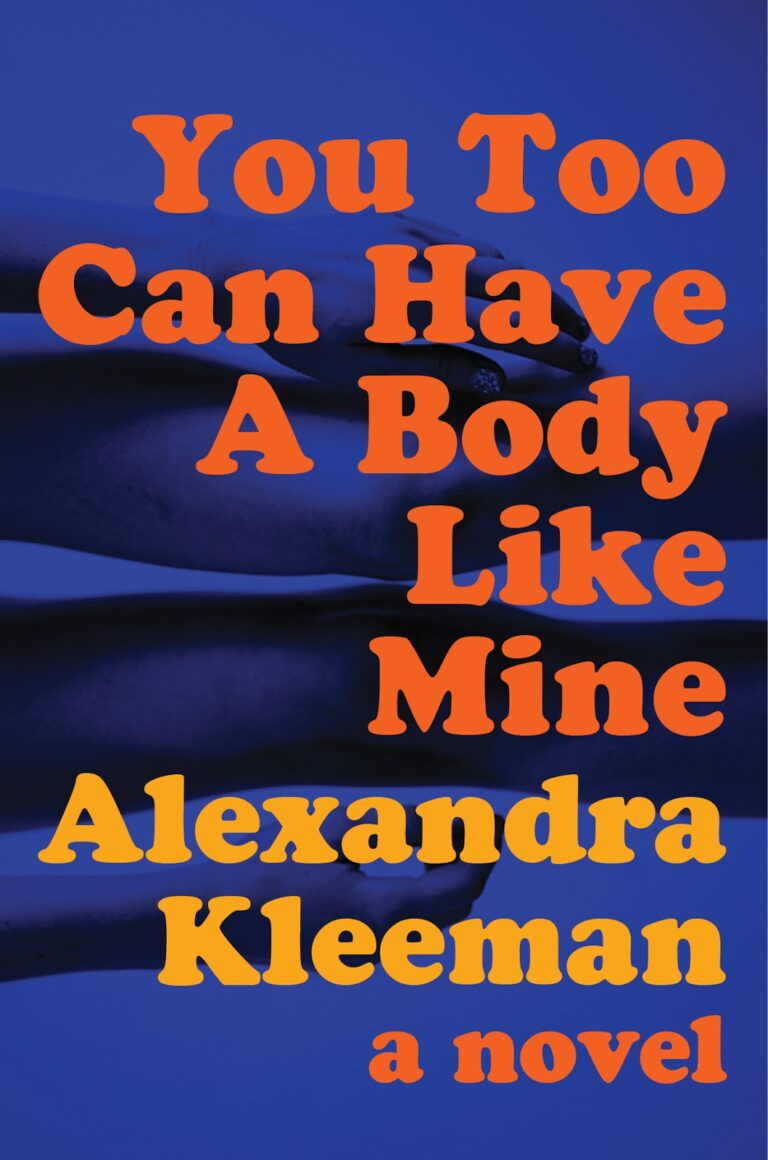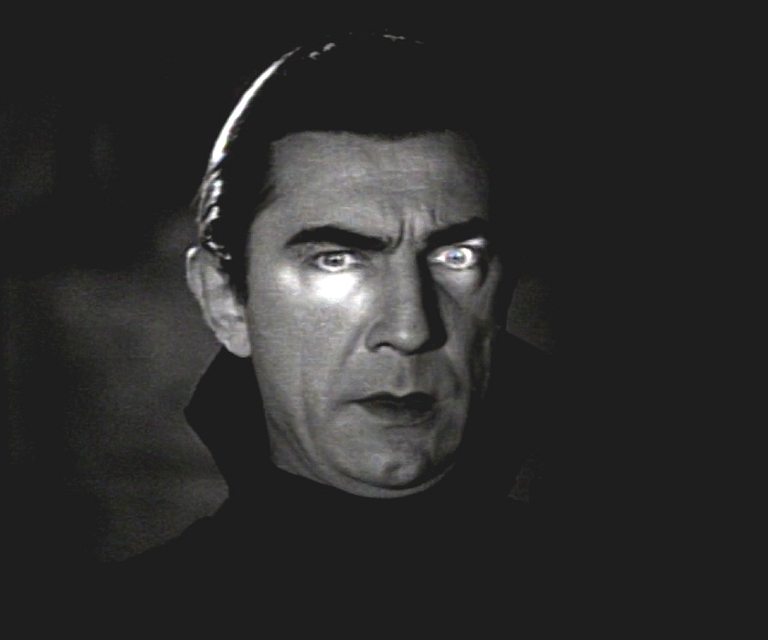The Best Short Story I Read in a Lit Mag This Week: “Restoration” by Ann Joslin Williams
It can be difficult to weave front and back story together in a way that achieves the believable interaction between past and present that occurs in real life. In “Restoration” (Carve), Ann Joslin Williams shows how a widower’s memories and the discovery of a dead body conflate in the present moment, to dramatic effect.
Williams opens with the protagonist, Kenton Pierce, hiking through his forested property with the memory of his deceased wife Gem in the forefront of his mind. He’s soon taken by surprise by a covey of grouse.
The first bird thundered out of the tall grass and Kenton recoiled, twisting his shoulder away from the sound as if dodging a shot fired in his
‘Jesus H.’ he said, and then the second and third birds boomed skyward. Another step and four, five, six, seven, eight, nine pounded their wings up and away in the same direction. . . . Odd, so many in one spot.
‘Okay,’ he said and took a breath, waited to see if there were more. When he lifted his foot, the last grouse beat its wings in a tremendous flurry. Like the others, it went headlong into the woods, out of sight so quickly it seemed to have vanished into the air. Thirteen seemed to be the last of them. Thirteen in all, he was pretty sure.
‘Did you see that, Gem?’ he said, gazing toward the treetops. She’d always said thirteen was her lucky number.
Kenton speaks directly to his deceased wife, Gem. It’s as if she’s there—and as we go on, we discover that, from his view, she all but is. At the end of the first section, through indirect interior monologue, Kenton refers to this walk as “his walk with Gem.” As they go deeper into the forest, her opinions on the nature of trees as well as the substance of her ashes when he spread them nearby color every aspect of the present.
Also of note is Williams’s choice of words in Kenton’s initial description of the birds flying. Kenton isn’t hunting, yet there’s a bevy of firearm language—recoiled, shots fired—further preparing the reader for what Kenton doesn’t yet know: it isn’t just the passing of his wife that’s painting the scene at hand gothic. Williams also adds, through memory, a description of the bones of his wife’s misshapen fingers, as well as a seemingly incidental thought in Kenton’s mind of how the wind howled the autumn before:
Walking off-trail wasn’t easygoing because of the damage left by a terrific windstorm last fall. The wind had howled around the cabin in an abrasive voice he’d never heard before — a rasping scream — not like the gentle moan it sometimes made against the edges of the cabin. This was a locomotive, roaring down the valley. He heard trees snapping and the crackle and whoosh of falling branches. The next day it seemed as if half the forest had been beheaded, the crowns of trees sheared six or seven feet off the top — just gone, leaving jagged, splintery spikes.
All of this is in Kenton’s mind before he finds the body. I could imagine someone arguing in a creative writing workshop that so much subtextual violence in the language is overdoing it. But I’d argue it’s completely plausible that the grim realities of death would already be firmly placed in the forefront of the mourning protagonist’s mind. I see a lot of stories in which an unwitting protagonist is blindsided by a reality that the reader might already suspect through clever description, and the result is wink-and-nod comradery between the author and reader, but also an unfortunate increase in distance between the author and narrator. Here, because both the present and past scenes deal with mortality, when readers notice any violence conveyed through description, there’s no wink and nod. We feel fully in the protagonist’s mind.
Going forward, Williams doesn’t depart from her protagonist, nor does she depart from the mixing of past and present. Kenton calls the police, and officers come over to question him about the body and his potential involvement in it. Though he had no part in the death, he still feels pangs of guilt, because of his merciful role in his wife’s death. Notice how Williams uses juxtaposition below to have the backstory meld with the front, inserting a brief but potent summary between Kenton’s phone call with the police officer, Carol, and her arrival on his property.
‘Mr. Pierce,’ she’d said. ‘Tell me again. Is anyone hurt?’
‘No,’ he said, somewhat bemused. ‘Dead.’
‘I see. And do you know how this happened?’In the end, it was the morphine that had eased Gem away. Watching as she tried to breathe, her grayed skin, sunken eyes, jutting bones — it was hard to take. Even with an oxygen mask, she couldn’t get enough air. Her whole body rose and collapsed with effort and he couldn’t help but think of a fish reeled out of water. The hospice people had taught him, made him responsible, and so it was he who’d put liquid morphine to her lips. He worried that he’d been too hasty. Maybe her platelet count would have cranked up and they could have tried chemotherapy again. This idea dogged him, especially at night when his mind seemed not his own.
Carol said, ‘Take us. Show us just the same way as you found it.’
They walked the logging road toward the brook . . .
. . . and then further along, when Carol reveals some of the information about the case to Kenton.
‘The husband was the suspect.’
‘Okay,’ Kenton said. ‘The husband.’
‘A sad case,’ Carol said. ‘I’ll never understand how someone could fall in love, marry, and then end up murdering that very same person.’Kenton nodded, but uncertainty flickered through him as he remembered sliding his hand under Gem’s head, lifting it from the pillow, her mouth open, tongue protruding to receive the morphine ampule he brought to her lips.
‘Poor woman,’ Carol said. ‘I guess he wasn’t the man she thought she married.’
William Faulkner’s quote, “The past is never dead. It’s not even past,” is applicable for Williams’s gripping short story, but falls short in explaining all the ways in which the past isn’t just alive for Kenton Pierce, but moving, changing, and arcing towards resolution. I won’t spoil the ending, but suffice it to say that, for Williams, the past and present are both alive for each other, and able to provide redemptive resolutions for each other that might not have been otherwise possible.


